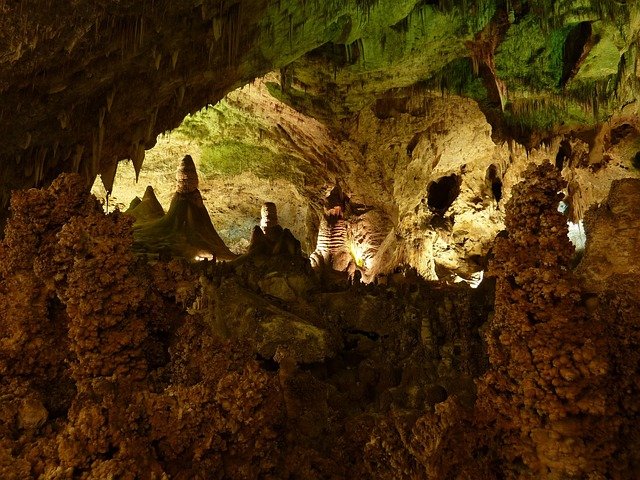Subterranean Adventures: Exploring the World's Most Fascinating Cave Systems
The allure of the underground world has captivated explorers and adventurers for centuries. From vast caverns adorned with intricate stalactites to subterranean rivers carving their way through ancient limestone, cave systems offer a glimpse into Earth's hidden realms. This article delves into the mesmerizing world of cave exploration, uncovering the geological wonders, unique ecosystems, and thrilling experiences that await beneath the surface.

Diverse Ecosystems in the Dark
Contrary to popular belief, caves are not lifeless voids but host a variety of unique ecosystems. These underground habitats are home to specialized creatures that have adapted to life in perpetual darkness. From blind cave fish to translucent crustaceans, these troglobites offer fascinating insights into evolution and adaptation. Some caves even harbor ancient microorganisms that provide clues about early life on Earth and the potential for life on other planets.
World-renowned Cave Systems
Across the globe, remarkable cave systems attract adventurers and scientists alike. The Mammoth Cave system in Kentucky, USA, boasts over 400 miles of explored passages, making it the world’s longest known cave. In Vietnam, the colossal Hang Son Doong cave features its own underground river, jungle, and climate. The intricate network of the Škocjan Caves in Slovenia showcases the power of underground rivers in shaping subterranean landscapes.
The Art and Science of Spelunking
Cave exploration, or spelunking, is both an adventurous pursuit and a scientific endeavor. Modern cavers employ a range of specialized equipment, from powerful headlamps to rope systems, to navigate these challenging environments safely. Beyond the thrill of discovery, spelunking contributes valuable data to fields such as geology, hydrology, and biology. Cave mapping, a meticulous process of documenting underground passages, helps in understanding cave formation and protecting these fragile ecosystems.
Cave Tourism: Balancing Access and Conservation
As interest in cave exploration grows, many cave systems have been developed for tourism. While this allows more people to experience the underground world, it also raises concerns about conservation. Careful management is crucial to protect delicate cave formations and ecosystems from human impact. Many cave tourism sites now implement strict visitor guidelines, limited access, and advanced lighting systems designed to minimize environmental disturbance.
Subterranean Insights: Facts and Tips for Cave Enthusiasts
-
Caves maintain a constant temperature year-round, often reflecting the average annual temperature of the region
-
The oldest known cave paintings, found in Indonesia, date back over 40,000 years
-
Always follow the caving principle of Leave No Trace to preserve these fragile environments
-
Proper equipment, including helmets and backup light sources, is essential for safe cave exploration
-
Some caves contain rare minerals found nowhere else on Earth
-
Never explore caves alone or without informing others of your plans
-
The largest cave chamber in the world, the Sarawak Chamber in Malaysia, could fit 40 Boeing 747 airplanes
As we continue to explore and study cave systems, we gain not only a deeper understanding of our planet’s geological history but also invaluable insights into life’s adaptability and resilience. These underground realms serve as natural laboratories, time capsules, and adventure playgrounds, offering endless opportunities for discovery and wonder. Whether you’re an avid spelunker or an armchair explorer, the world beneath our feet remains one of Earth’s last great frontiers, inviting us to uncover its secrets and marvel at its beauty.





